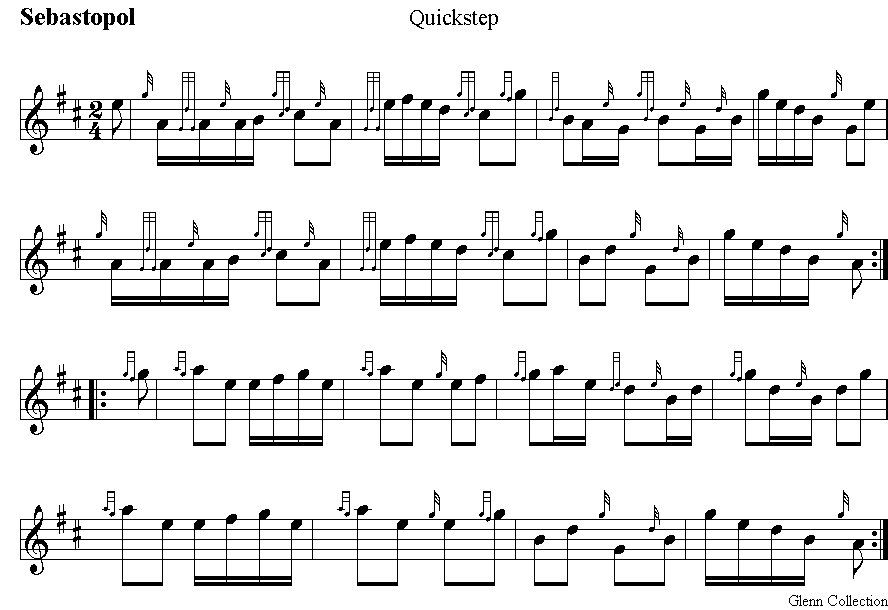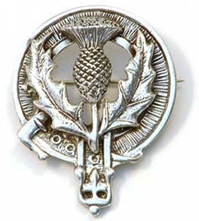|
Sevastopol,
traditionally Sebastopol, is the largest city on the
Crimean Peninsula and a major Black Sea port. The Siege
of Sevastopol (at the time called in English the Siege
of Sebastopol) lasted from September 1854 until
September 1855, during the Crimean War. The allies
(French, Ottoman, and British) landed at Eupatoria on 14
September 1854, intending to make a triumphal march to
Sevastopol, the capital of the Crimea, with 50,000 men.
The 56-kilometre (35 mi) traverse took a year of
fighting against the Russians.
Sevastopol is
one of the classic sieges of all time. The city of
Sevastopol was the home of the Tsar's Black Sea Fleet,
which threatened the Mediterranean. The Russian field
army withdrew before the allies could encircle it. The
siege was the culminating struggle for the strategic
Russian port in 1854–1855 and was the final episode in
the Crimean War.
During the Victorian
Era, these battles were repeatedly memorialized. The
Siege of Sevastopol was the subject of Crimean soldier
Leo Tolstoy's Sebastopol Sketches and the subject
of the first Russian feature film, Defence of
Sevastopol. The Battle of Balaklava was made famous
by Alfred, Lord Tennyson's poem "The Charge of the Light
Brigade" and Robert Gibb's painting The Thin Red Line,
as well as by a panorama of the siege painted by Franz
Roubaud. Treating the wounded from these battles were
celebrated Jamaican and English nurses Mary Seacole and
Florence Nightingale.
 |



